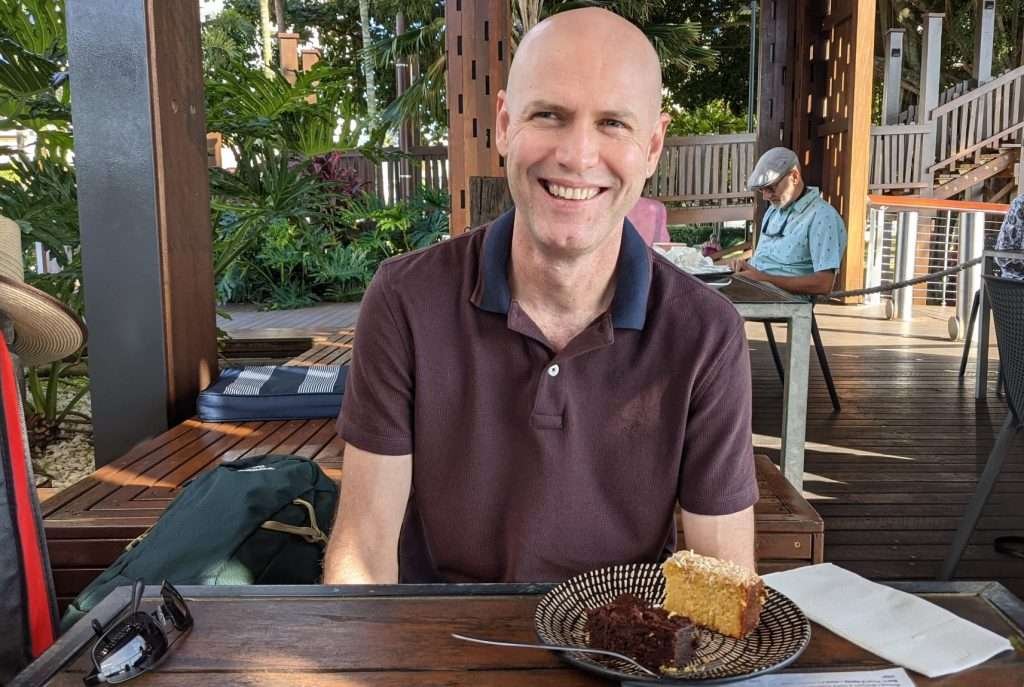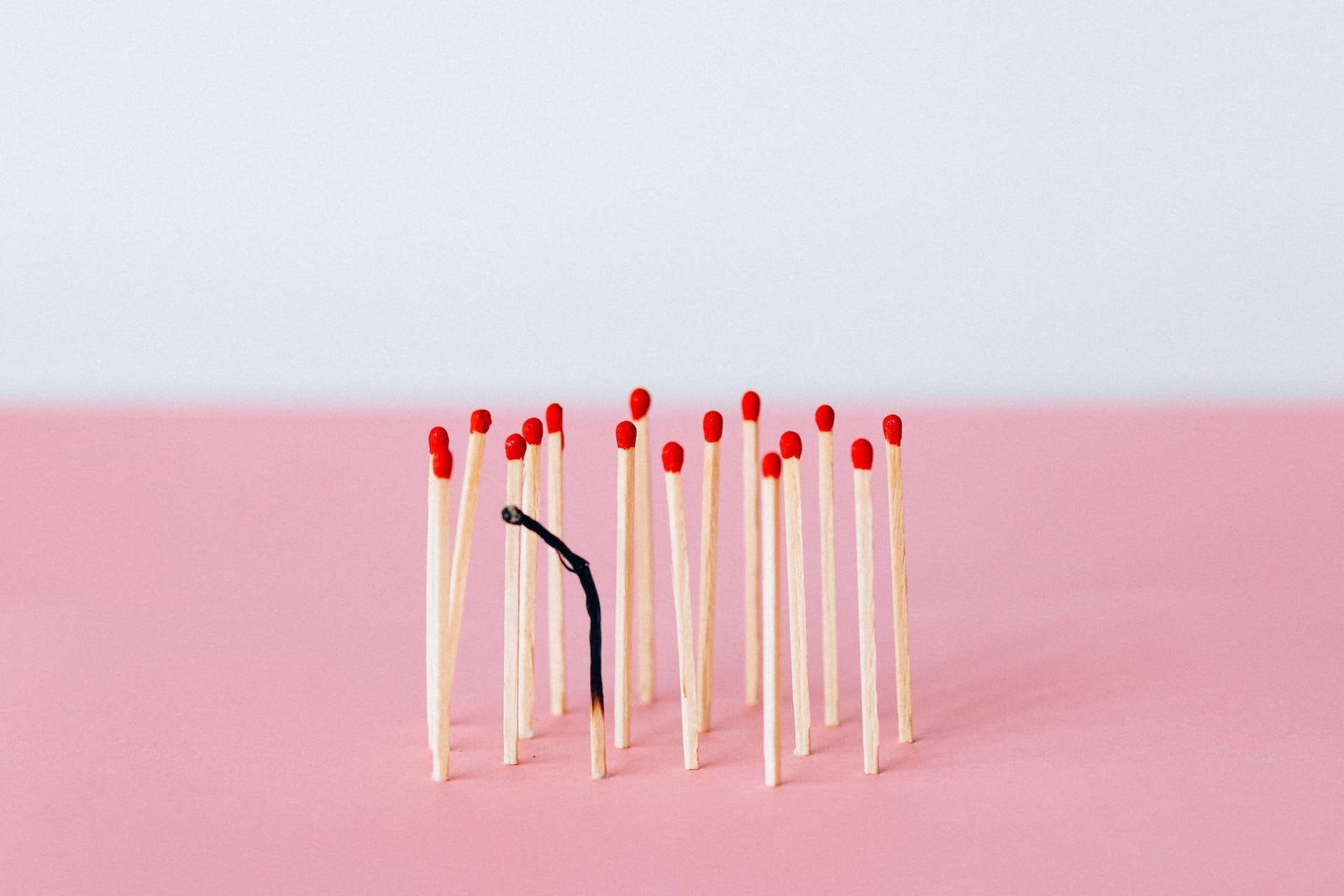As I wrote in a story for Reframing Autism, at the beginning of 2022 it felt as though I had hit a wall – a huge, 10-metre-thick concrete wall infused with tungsten.
We had just celebrated Christmas and New Year’s and the prospect of embarking on the year ahead felt like standing at the bottom of Mount Everest – and I’m afraid of heights.
This wasn’t mere tiredness, not being a great sleeper I was used to that. This was something deep in my head and in my gut, so all pervasive that it frightened me.
Ultimately, it’s what led to my Autism diagnosis, my going from full-time to part-time work, and then, 12 months later, to no work at all.
Autistic burnout isn’t ‘burnout’ in the sense most of us associate with the word. It’s like everything else an Autistic person experiences: life turned up to 11, in fast forward, hyper-life, uber-life, everything overwhelming to the point of complete shutdown because you can’t even put one foot in front of the other anymore.
If you’re a non-Autistic person and can’t comprehend what I mean, imagine your worst ever day, and then double it, and then go on living it for weeks, months, and possibly even years, on end.
That’s not meant to sound like I’m challenging you to a pissing contest. It’s just that with our specifically-wired brains, Autistic people do actually experience the world differently to everyone else.
And when you don’t realise you’re Autistic for 20, 30, or in my case, 50-years plus, it creates a terrible, life-altering disconnect. I was one way and then I was another, and now I’m trying to get back to being the person I was always supposed to be.
Before I went off to school I was just Glenn; upon reflection, the purest incarnation of Glenn there has ever been. Still Autistic without knowing it, but at the time, completely, authentically myself. No masking, no compromises to try and ‘fit in’, just wholly me – tantrums (what I now know to be Autistic meltdowns), bursts of joy, and all.
Then things began changing, as they inevitably do for all of us, Autistic and non-Autistic alike. But with my ‘unknown’ Autistic mind, I wasn’t only having to learn to adapt to a world outside the confines of my family home. I was working double-time to try and conform to situations and relate to people completely at odds with my instincts.
That’s where burnout begins. Even though, at the time, we have no way of knowing it.
As a teenager, a complete fish out of water. In my early twenties, utterly lost to the point of almost obliteration.
But then, in my late twenties, something happened: I gave in.
I say I gave in, but perhaps what I really mean is that I arrived at a point at which my hard-learned, forced ability to blend in finally took. Or at least, took in parts.
I realise now looking back that it was around this time that I got good, I mean really, really good, at being the chameleon. It was here, in my 30’s and 40’s, in the shadows of who I didn’t know I was, that I forged the kind of life we’re all told to aspire to.
I will never know for certain, but I suspect, strongly, that if I had known much younger, as a child or teenager growing up in the 70s and 80s, that I’m actually Autistic, I wouldn’t have acquired the types of things and people that I have in my life today, and I would have achieved much less.

But here’s the catch: I wouldn’t be riddled with anxiety the way that I am as I write these words for you. I wouldn’t be searching for who I am. I wouldn’t have been emotionally and physically turned inside out by burnout.
But the burnout, too, isn’t completely one thing nor the other – age perhaps allows me to see that.
Before I hit ‘the wall’, I was a powerhouse of productivity: media releases, opinion columns, a weekly newsletter, member alerts, social media, and the flagship quarterly member magazine. I wrote them all, every day. Travelled for up to two hours on the bus, every day. I loved my family, tended our expansive yard, saw friends.
When the cracks that I was hiding appeared and began to widen, I continued to do all of these things, only I did them now with some resentment, with some hostility, and, sometimes, with regret.
But the wonderful thing about falling headlong into burnout (yes, believe it or there is something good), and discovering that I’m Autistic, is that I’m now able to take the time to recall the actions, and non-actions, that throughout my life have filled my cup and nourished me, and strip away the things that don’t.
It’s in this way that I’m very slowly navigating my way towards the person Autistic Glenn truly is meant to be – and away from the burnout that revealed him to me in the first place.

Did you find this article helpful? Did it resonate with you or in some way make you stop and think? Writing these pieces takes time and effort, and your support can make a real difference in helping to keep this content flowing. If you enjoyed this post and would like to read more articles like this in the future, please consider donating a small amount to help me cover the costs of running this website. I’m not in this to get rich (and trust me, I won’t! 😉), but your contribution helps sustain the effort that goes into crafting fresh, Autism-friendly content. Your support is greatly appreciated. Thank you!

